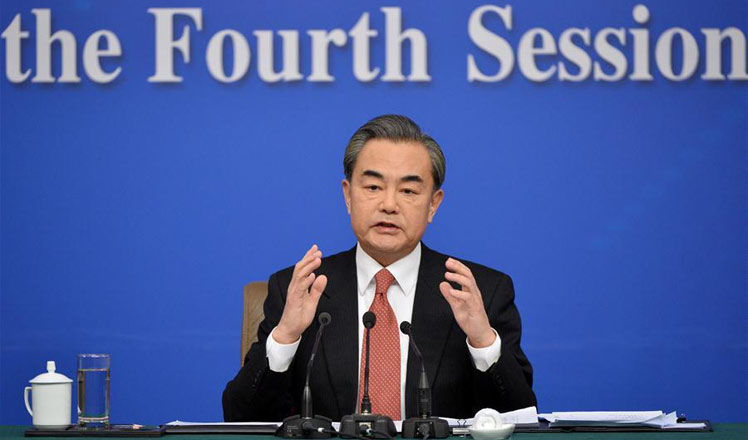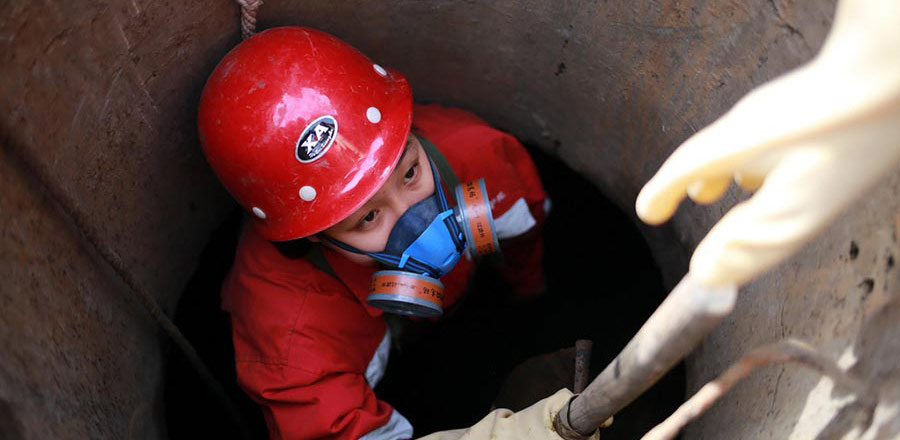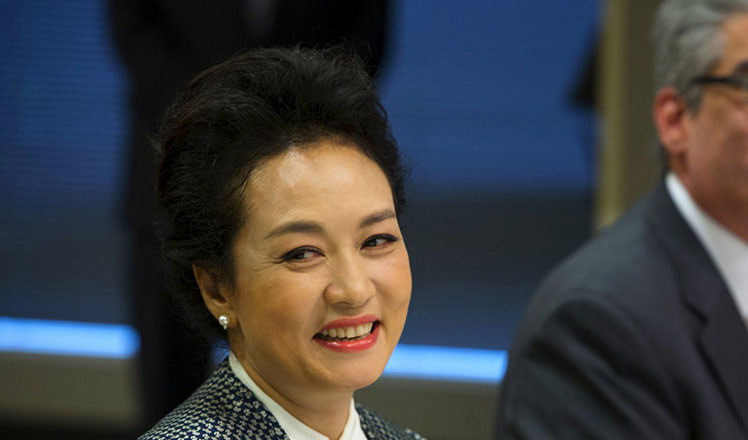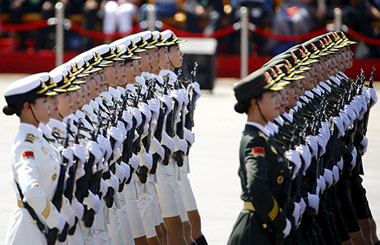Li's report pragmatic, balanced: expert
Updated: 2016-03-09 00:09
By CHEN WEIHUA in Washington(China Daily USA)
|
||||||||
Premier Li Keqiang's government work report is pragmatic and concrete, pointing out challenges as well as strengths and opportunities, according to a US-based China scholar.
The government work report, delivered by Li at the opening of the fourth session of the 12th NPC on March 5 in Beijing's Great Hall of the People, is now being deliberated over by some 3,000 deputies to the NPC.
Cheng Li, director of the John L. Thornton China Center of the Brookings Institution, said the report tells people that the Chinese economy is facing difficulties as a result of structural reforms, discussing the need for better environmental protection and the impact of a sluggish global economy.
"It tells the public that such economic challenges will last for a period of time, so the report does not give the public any unachievable expectations," Li said.
Meanwhile, the report has also elaborated on China's strengths, such as the potential to be unleashed in urbanization, the development of the service sector, the employment policy and the innovation policy, according to Li.
"So this is a report that neither gives the public too high an expectation nor disappointment," said Li, whose research has focused on the transformation of Chinese leaders and technological development in China.
Li believes that this is especially important during the next two years, or the beginning years of the 13th Five-Year Plan (2016-2020), when there won't be an excessively high economic growth rate, something he said China does not need.
In the work report, China's gross domestic product (GDP) growth in 2016 has been set between 6.5 percent and 7 percent. It is the first time since 1995 that the growth target has been given in a range rather than a single number.
China's economy grew by 6.9 percent in 2015, the lowest in a quarter century, but it was still among the highest in the world.
According to the report, an average annual growth of at least 6.5 percent should be maintained in the coming five years in order to achieve the goals of doubling GDP and household income from 2010 levels by 2020.
It also says that by 2020, the contribution from scientific and technological advances should account for 60 percent of the GDP growth.
Li said structural reforms will bring a lot of challenges, all of which would require the Chinese government's action.
He described the goals in the work report as very specific. "There isn't much empty content and sloganeering types of things," he said.
"It is what the Chinese public wants to see … and it's a relatively balanced and good report, one quite pertinent to China's situation today," Li said.
Li had hoped that the report would have emphasized more that many of the challenges are also opportunities. "It is just the beginning and the potential is huge," he said, citing how areas such as environmental protection could help job creation and business opportunities.
To Li, the potential opportunities will help small- and medium-sized companies, large companies, Chinese companies overseas and foreign-funded companies in China break new ground.
Li said the growth targets set in the 13th Five-Year Plan (2016-20) are quite reasonable.
"More than 90 percent of what's in the 12th Five-Year Plan (2011-15) has been achieved, and there is a better reason to achieve what's in the 13th Five-Year Plan," he said.

 Women in workplace 100 years ago
Women in workplace 100 years ago
 Foreign Minister Wang Yi meets the press
Foreign Minister Wang Yi meets the press
 Women who work underground to keep city clean
Women who work underground to keep city clean
 Students in traditional dresses celebrate Women's Day
Students in traditional dresses celebrate Women's Day
 'She' in China
'She' in China
 Temple fair with 700 years history staged in Henan
Temple fair with 700 years history staged in Henan
 World in photos: Feb 29 - Mar 6
World in photos: Feb 29 - Mar 6
 International status is rising
International status is rising
Most Viewed
Editor's Picks

|

|

|

|
|
|
Today's Top News
What ends Jeb Bush's White House hopes
Investigation for Nicolas's campaign
Will US-ASEAN meeting be good for region?
Accentuate the positive in Sino-US relations
Dangerous games on peninsula will have no winner
National Art Museum showing 400 puppets in new exhibition
Finest Chinese porcelains expected to fetch over $28 million
Monkey portraits by Chinese ink painting masters
US Weekly

|

|








